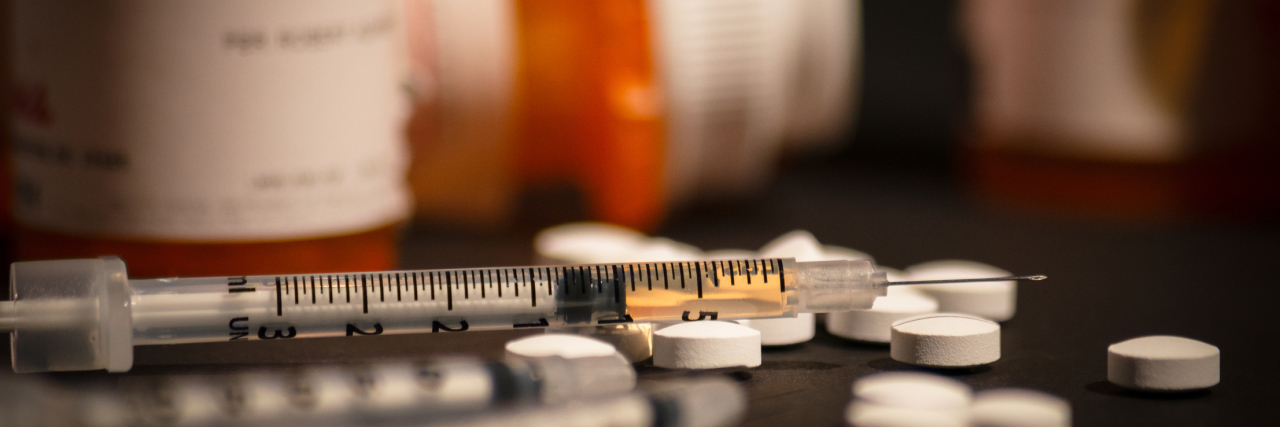New Data on Opioid Deaths Shows Limiting Prescriptions Isn't Working
Sometimes the news isn’t as straightforward as it’s made to seem. Erin Migdol, The Mighty’s chronic illness editor, explains what to keep in mind if you see this topic or similar stories in your newsfeed. This is The Mighty Takeaway.
In news that will surprise probably no one with chronic pain, the Centers for Disease Control revealed today that opioid deaths increased from 2016 to 2017 — all due to fentanyl.
This should force every politician and medical professional to reckon with a simple fact: Recent efforts to solve the opioid crisis by limiting access to prescription opioids appear to have done little, if anything, to help save lives.
According to the CDC’s data, there were 70,237 drug overdose deaths in the U.S. in 2017 — a 9.6 percent increase from 2016. The rate of deaths involving synthetic opioids other than methadone (this includes fentanyl and tramadol) increased 45 percent between 2016 and 2017.
Meanwhile, the rates of overdose deaths involving methadone, heroin, and natural and semisynthetic opioids like hydrocodone, oxycodone, morphine and codeine (in other words, prescription opioids) stayed the same from 2016 to 2017.
As politicians have attempted to reduce deaths and addiction to opioids in recent years, solutions have often focused on limiting people’s access to prescription opioids. The idea being that most people who become addicted to opioids do so thanks to a prescription by a doctor. We’ve seen pharmacies like CVS and Walmart put a 7-day limit on opioid prescriptions for certain conditions, Medicare enrollees limited to a 7-day supply of opioids for acute pain and state Medicaid programs put “safety edits” in place for opioid refills. The Trump administration also released T.V. commercials highlighting the dangers of prescription opioids.
Anecdotally, chronic pain patients say they feel a stigma against opioid use, revealing how common it is for them to be questioned or outright denied opioids for pain relief, despite their responsible use.
So if prescription opioids were really the issue, we should have seen some improvement by now, right? These policies do seem to have had a small effect: The number of opioid prescriptions has decreased, and as the CDC’s 2017 data shows, deaths from prescription opioids have leveled off.
And yet… opioid deaths continue to skyrocket. Not due to prescriptions, but due to fentanyl, an extremely potent opioid that is increasingly found in trace amounts in other drugs like heroin and often manufactured outside the U.S. A couple of milligrams can be deadly. Fentanyl can be prescribed for severe pain but this is not common, so the rise of fentanyl can be attributed to illicit use.
This shouldn’t be all that surprising, considering that research shows most people who are prescribed opioids do not go on to become addicted. In fact, some research shows that between just 1 to 12 percent people with chronic pain develop an addiction. Most people who do use prescription opioids illegally get them from a friend, relative or dealer, not a doctor.
It’s time to admit that limiting opioid prescriptions is not helping the opioid crisis. It is making it harder for people to get legal opioid prescriptions. But it’s clearly not discouraging people from seeking out illicit opioids, and now people are dying from opioids that are even more dangerous than prescription pills. We need more resources allocated for mental health treatment, addiction treatment, research into better alternatives for chronic pain treatment and cracking down on international shipments of controlled substances and illicit fentanyl. Asking doctors and patients to shoulder this burden alone is clearly not targeting the problem.
Getty photo by Darwin Brandis

